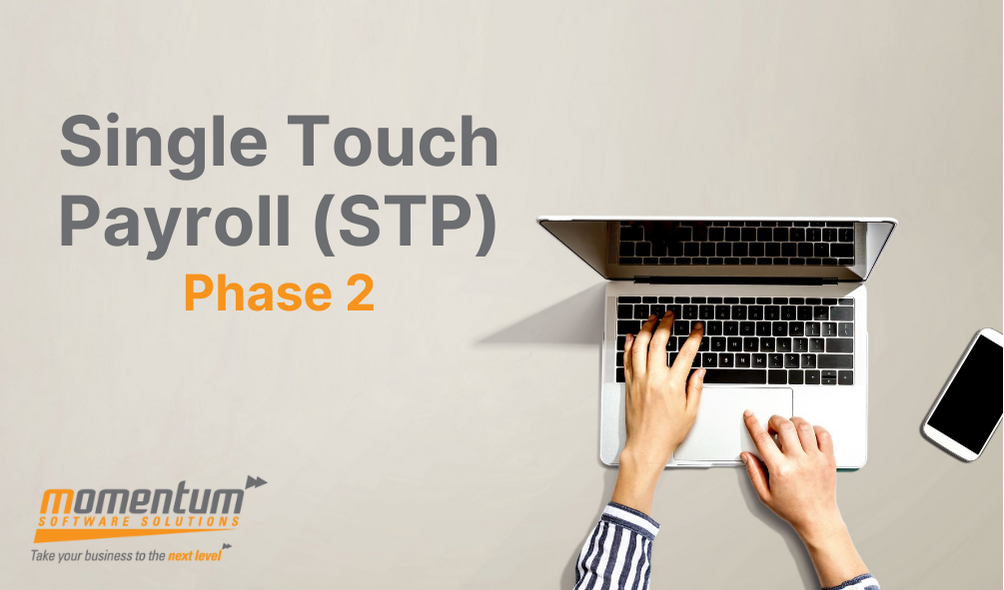What is Single Touch Payroll (STP)?
Single Touch Payroll (STP) is the way your employees’ tax and super information is reported to the Australian Taxation Office (ATO). This information includes:
- salaries and wages
- pay as you go (PAYG) withholding
- superannuation.
Information is sent from your payroll or accounting solution (us) to the ATO as you run your payroll. Using STP means you don’t have to do so much reporting to the ATO, saving lots of time.
What is Single Touch Payroll Phase 2
In the 2019-20 Budget, the Government announced that STP would be expanded to include additional information. The expansion of Single Touch Payroll is known as STP Phase 2.
For Phase 2, additional information is required to the ATO in areas such as employment type, gross income and country codes. However, providing this information via STP will reduce your overall reporting burden.
The changes will also aid the administration of Services Australia.
The mandatory start date for Phase 2 reporting is January 2022.
However, to ensure MYOB clients have sufficient time to transition to STP Phase 2, the ATP has granted MYOB clients using MYOB Exo Payroll a further deferral until the start of the payroll reporting year 2022. This means that customers don’t need to apply for their own employer deferral, unless they won’t be ready by July 2022 or they stop using MYOB Exo Payroll.
What are the main changes in STP Phase 2?
Changes that will reduce reporting requirements are across the following four areas.
Tax File Number Declarations
- Information collected from TFN Declarations – including the TFN itself, employment type and whether the employees has a HECS-HELP debt – will be included in the STP report and the declaration itself will no longer need to be sent to the ATO.
Employee Separation Certificates
- These certificates will no longer be required as the reason why an employee has left the business will now be provided via the STP report.
Lump Sum E Payments
- Previously, if an employer makes a payment owing from previous years, a Lump Sum E letter would need to be provided to the employee. This information must now be included in Phase 2 reporting, with details of the payment appearing in the employee’s income statement.
Child Support
- Businesses will have the option to include child support garnishees and deductions in their STP reprint, reducing the need to provide separate advice to the Child Support Register.
Are there any additional reporting requirements?
Additional reporting requirements are introduced for employment type, disaggregation of gross income and the inclusion of country codes as per the below.
Employment Type
- Previously optional, reporting of employment type will be mandated under Phase 2 reporting. Businesses will need to declare whether their employees are full-time, part-time or casual, in addition to new categories such as labour hire or volunteer.
Disaggregation of Gross
- Income will no longer be reported as a gross sum, instead each component must be itemised including salary sacrifice, overtime, paid leave, bonuses, commissions, director’s fees and allowances ( allowances must also be individually itemised).
Country Codes
- If you have Australian resident employees working overseas, business will need to provide details of the host country.
While you’ll need to report additional information in your STP report, there are many things that will stay the same, such as:
- the way you lodge
- the due date
- the types of payments that are needed
- tax and super obligations
- end of year finalisation requirements.
For all official details on STP compliance deadlines and more, the AT0 website should be your first port of call.
Source: ATO
Source: MYOB
